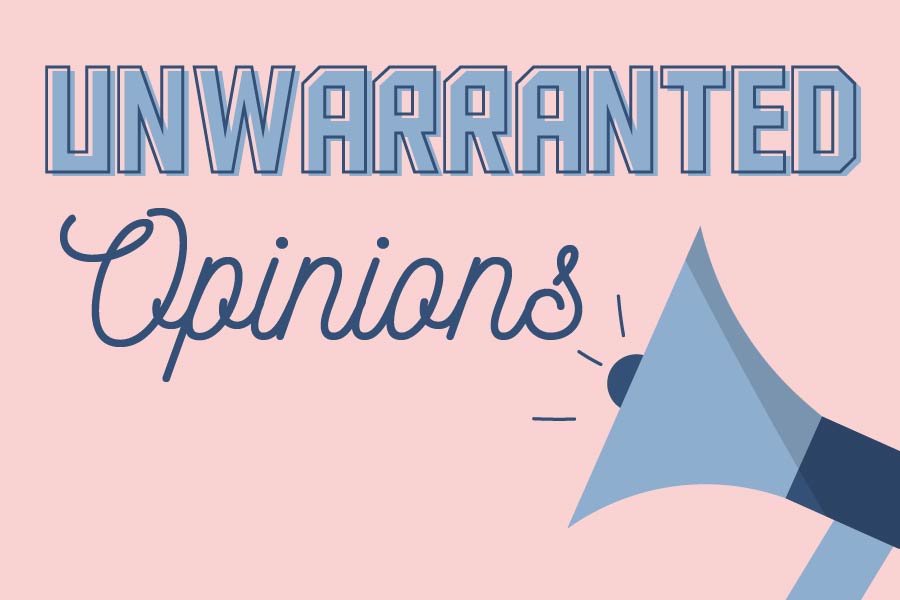Unwarranted Opinions: modern book publication
In her weekly column “UnWarranted Opinions,” staff reporter Drew Julao takes on a variety of topics and gives her take.
February 11, 2021
I am pretty sure that everyone is aware that we are living in the age of the technological revolution. I mean, pretty much everyone has a fancy mobile phone that their eyes are glued to 24/7 and everything is slowly being replaced by either a piece of technology or something of the likes. One example is books.
The other day I was looking through my book collection for something to read, and I noticed something. All of my brand new books are bulky and tall regardless of whether they are hardcovers or paperbacks, and most of my old books are small and short, easy to carry around. I love my tiny books because of their convenience and I enjoy having a mix of both small and large books. So, realizing that smaller books which are called mass market paperbacks are rarer nowadays got me thinking, “Why?”
Logically, I thought about how everyone says that print books are dying, and then I decided to look into the statistics of it. To my surprise, I found that print books are not dying. They are actually resurfacing and still preferred by the majority over ebooks. My first thought was that because reading books was a regular pastime before, mass market paperbacks, the shorter, stockier brethren of trade paperbacks were in higher demand than as compared to now. This is because mass market paperbacks are cheaper and easier to find. They are regularly found at drug stores, airports, groceries, and basically any unorthodox place to buy a book at. However, since people have so many other forms of entertainment nowadays, mass market paperbacks aren’t really sold or made anymore. People don’t buy books on the go. However, this theory no longer checks out since finding out that reading is still quite popular, even if it is a niche market. So, this leads us to my question yet again. What’s with the size difference?
Onto my next theory. Of the people that do enjoy reading books, there is a sort of novelty to owning pretty books. Books that are more aesthetically pleasing are fun to look at and are more valuable to book lovers. Due to this, I believe that the mass market paperback book which is smaller and has a more cramped interior when it comes to its contents, has become less popular. Since they are also more difficult to read or more disheartening to read because of their thickness and smaller margins, possibly readers find it much more enjoyable to read trade paperbacks which have larger margins, a larger font, and thinner pages.
As I previously stated, books are a niche market. With the rise of Booktok (TikToks dedicated to book related content), and the prominence of Booktube (Youtube videos dedicated to book related content), this is apparent. So, if the people of that niche group were to buy books, they would probably go to a bookstore rather than buying it in passing at a grocery store. Well, at bookstores they only sell trade paperbacks and hardcovers, which would perfectly explain why mass market paperbacks are less prominent nowadays.
Another possible reason that the mass market paperback has disappeared is the multitude of other forms of entertainment that are so popular nowadays such as video games and movies. Each person on a plane usually has their own screen to watch on and entertain themselves with nowadays so books aren’t a popular boredom buster. Therefore, they aren’t sold at groceries and such, and airports have entire book stores nowadays which would sell… You guessed it, trade paperback books.
So now that I have made all of these conclusions, I can say that I miss the mass market paperback book and hope that one day, reading reaches a height where it will be sold everywhere again, in their tiny covers, with their tiny pages, so that my tired hands can hold them for hours on end.








